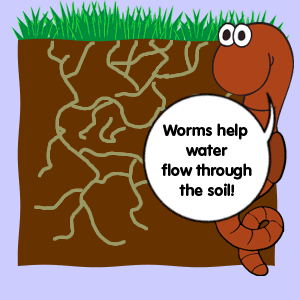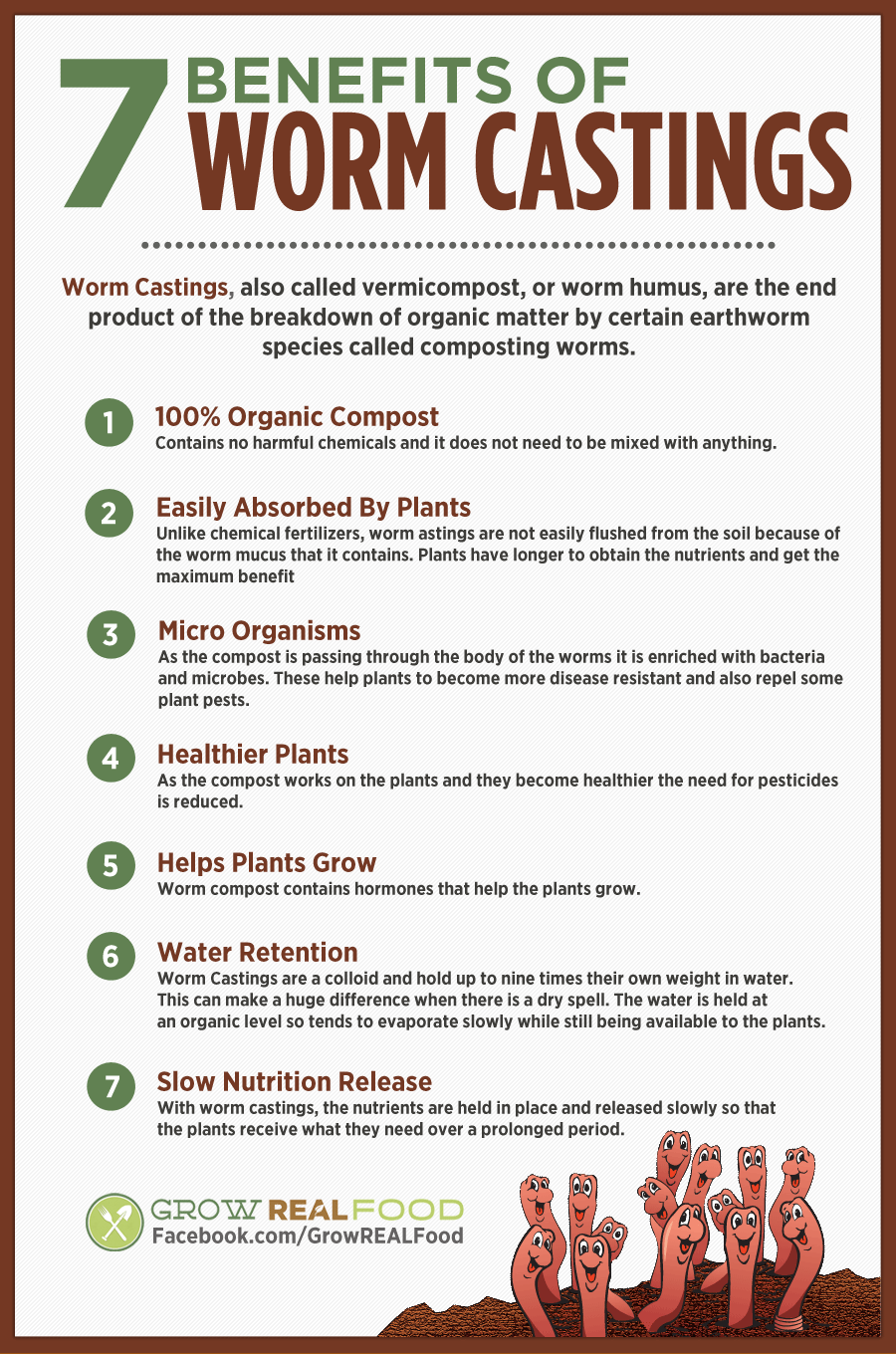North Carolina Worms Can Be Fun For Anyone
North Carolina Worms Can Be Fun For Anyone
Blog Article
The Basic Principles Of North Carolina Worms
Table of Contents5 Simple Techniques For North Carolina WormsAll about North Carolina WormsSome Known Details About North Carolina Worms North Carolina Worms - The Facts
Example: 1-gallon of worm spreadings to 4 gallons of potting mix. 1/2 mug in the bottom of the planting opening for smaller plants. 1 mug for bigger plants.
The addition of tea can additionally include enhanced microbial biomass to your soil. You can constantly side-dress your plants with worm spreadings any time. Simply bear in mind, the microbes will pass away if subjected to UV rays (Sunlight), so make sure to cover the castings with an inch approximately of soil.
This baffled them for years until the screening techniques became better. It would certainly get much better(with even more castings), level off, and after that decline. As well lots of worm spreadings would speed up the development to a pace that the plant might not recoup from.
The Ultimate Guide To North Carolina Worms
I have expounded the virtues of worm spreadings for concerning 2000 words. Worm castings are no different. It takes time to produce top quality worm spreadings.
Worm castings definitely set you back more than chemical plant foods. Worm spreadings are on the less expensive end of organic plant foods. (50 gallons per year) It is a much more challenging and very pricey investment to generate big amounts of worm castings.

Creating a healthy and balanced soil may be the biggest benefit of worm castings. We discussed worm spreadings NPK and likewise the correct nutrient analysis that should apply to worm spreadings.
Things about North Carolina Worms
We spoke concerning some of the drawbacks connected with worm spreadings. I covered a great deal of product in this write-up. There are a great deal of links (interior and external). If you would like even more info on a particular topic, please click through the web links for more information. As always, feel totally free to comment or ask inquiries.
The upright burrows are typically open, although the worms cover the leading with deposit and excrement. Origins require oxygen for their growth, whereas they produce carbon dioxide that requires to leave the soil.
Earthworms boost porosity by two systems: (1) by developing irreversible burrows, and (2) by improving dirt gathering. Gathering is improved by the mixing of soil and organic matter in the earthworms' guts. Lake James Bait. These highly steady aggregates are transferred by some earthworms in their burrows, and by others at the surface area of the dirt


In another research study, earthworms were approximated to eat 4 to 10 percent of the leading 6 inches of the dirt annually. This only goes to show the huge amounts of soil that can be processed by earthworms. Soil compaction minimizes the porosity of the dirt. Since earthworms enhance porosity, they minimize the results of compaction.
Getting The North Carolina Worms To Work
Regular earthworm populations can conveniently consume 2 lots of dry issue per acre each year, partially digesting and blending it with dirt. The relevance of earthworms to blend surface residue with dirt ends up being very clear in dirts that do not have any type of earthworms. The majority of our Pennsylvania soils contend least some earthworms, and the impact of their full lack, as a result, can not be noted.
(https://north-carolina-worms.locable.com/profile/)In these dirts, the development of topsoil with reasonable organic matter material did not happen, leading to bad crop growth. When the cause was established, the federal government of the Netherlands began a campaign to present earthworms. After the intro of the earthworms, a dark topsoil layer was developed, and crop growth boosted considerably.
They live largely from partly decayed raw material that is already incorporated in the dirt. They consume their method through the dirt, producing straight burrows that they full of their excrement. These varieties consume big amounts of dirt that they mix with absorbed crop residue in their guts. or anecic varieties reside in permanent upright burrows that can be 5 or 6 feet deep.
These species consume substantial amounts of dirt that they mix with absorbed deposit in their digestive tracts. Their excrement is primarily deposited at the surface area of the soil.
Report this page